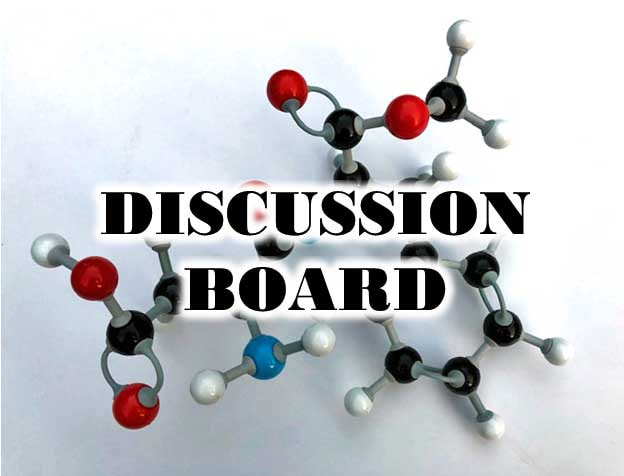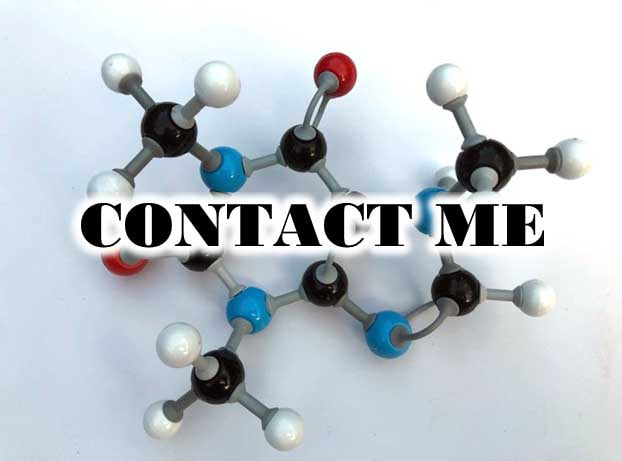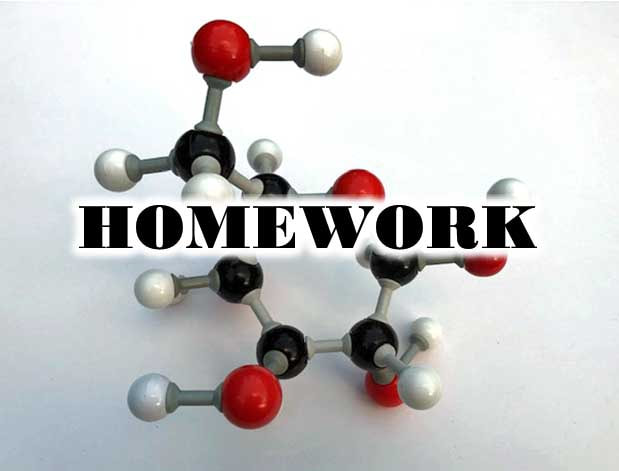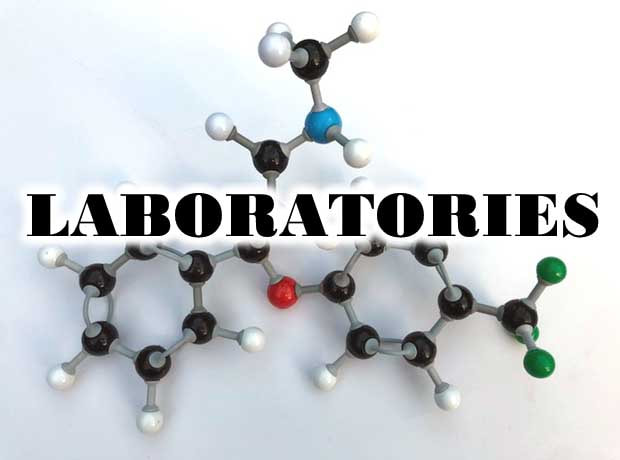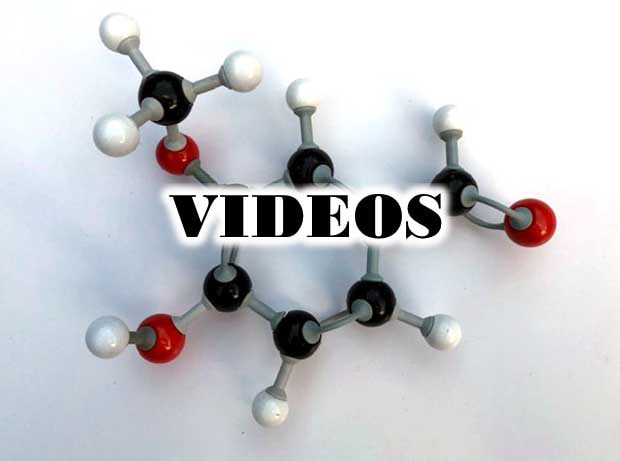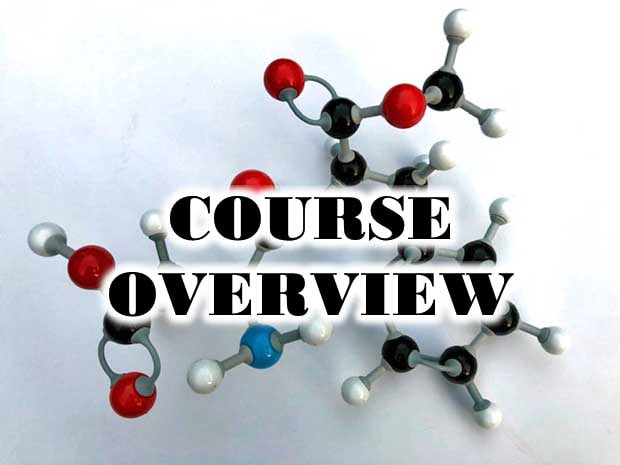|
|
Homework Assignments
All of the class videos are separated by sections as they appear in your textbook. Before watching videos for any chapter, I recommend you read through the sections of the chapter first - to get a birds-eye view of what will be covered, print out the homework packet, and have it on your desk as you watch the video so you can pause it to answer questions, and reflect on what you had learned.
Assignment Checklist:
To maximize points, for every assignment you turn in, make sure:
|
Image Credits:
Nanocar ball-and-stick model in banner retrieved from: http://news.rice.edu/2015/12/14/rice-to-enter-first-international-nanocar-race/
Nanocar with fullerene wheels in banner by Materialscientist at en.wikipedia, CC BY-SA 3.0, https://commons.wikimedia.org/w/index.php?curid=16454593
Glucose ball-and-stick model retrieved from: https://www.thoughtco.com/pathway-most-atp-per-glucose-molecule-608200
Nanocar ball-and-stick model in banner retrieved from: http://news.rice.edu/2015/12/14/rice-to-enter-first-international-nanocar-race/
Nanocar with fullerene wheels in banner by Materialscientist at en.wikipedia, CC BY-SA 3.0, https://commons.wikimedia.org/w/index.php?curid=16454593
Glucose ball-and-stick model retrieved from: https://www.thoughtco.com/pathway-most-atp-per-glucose-molecule-608200
